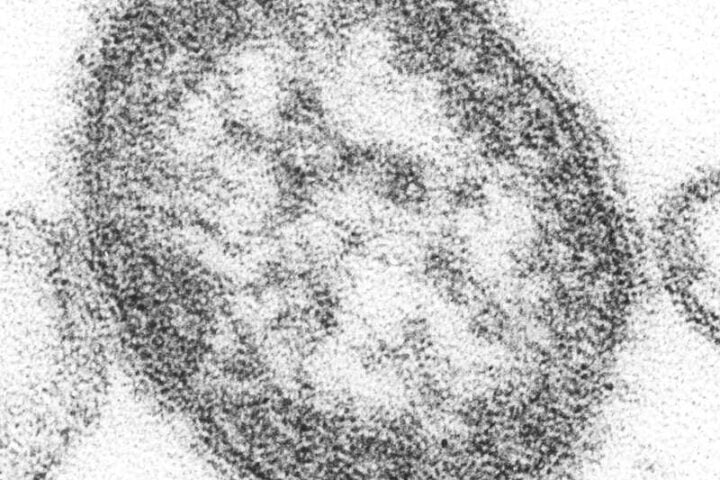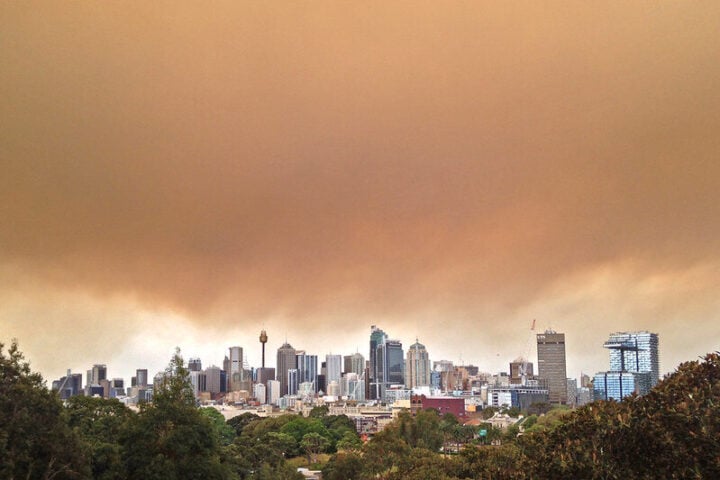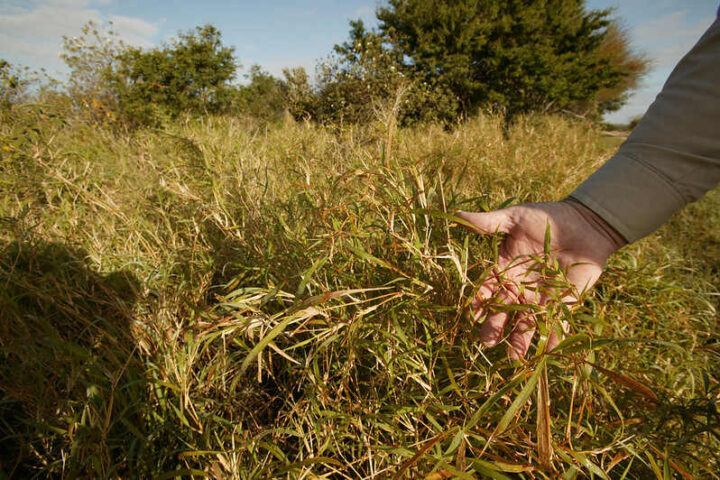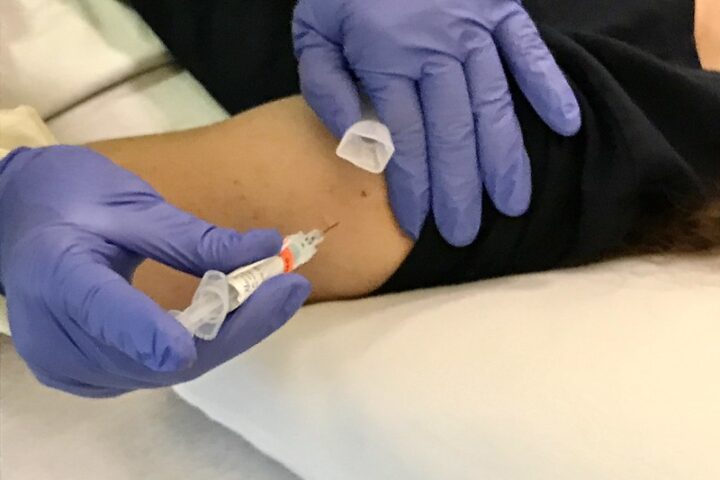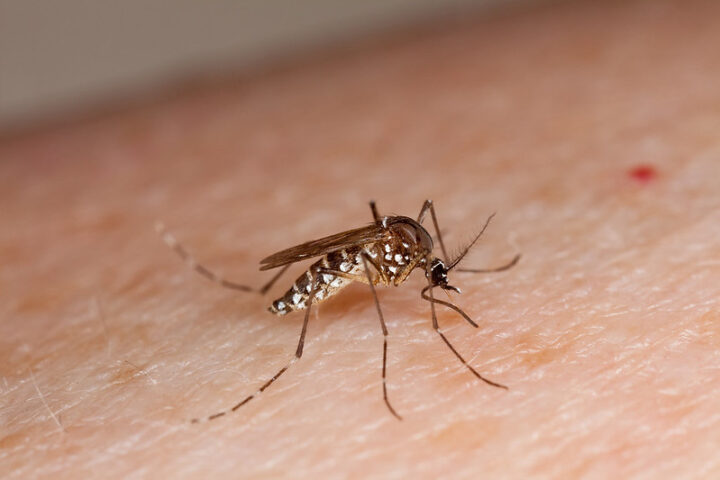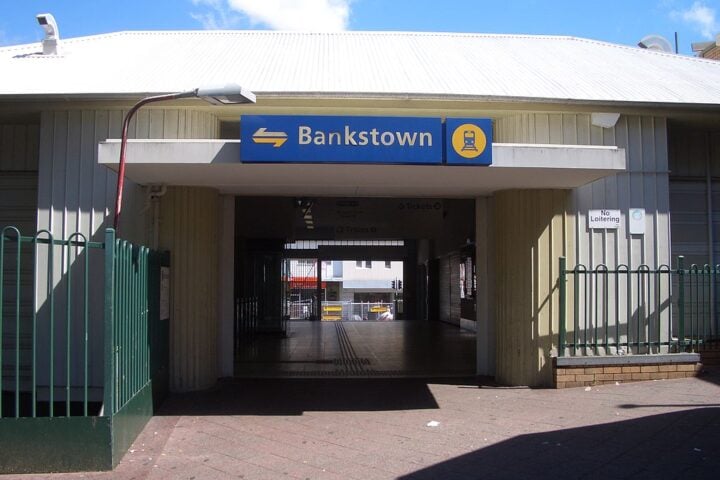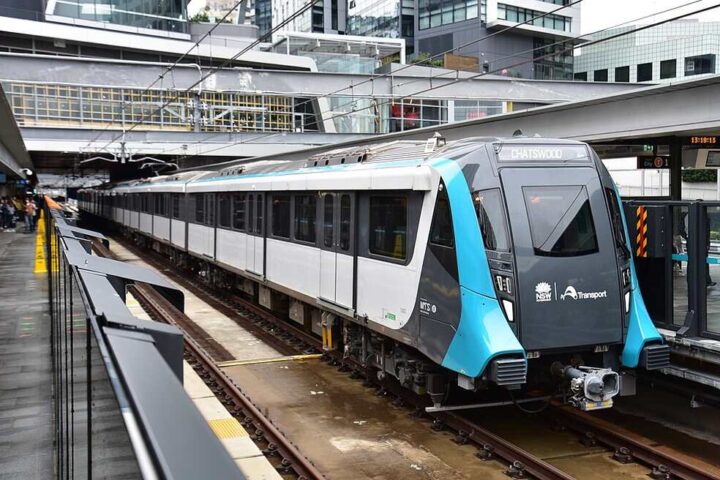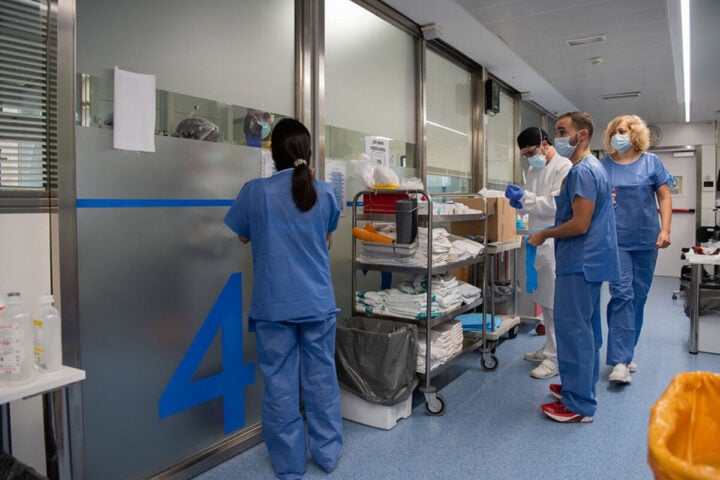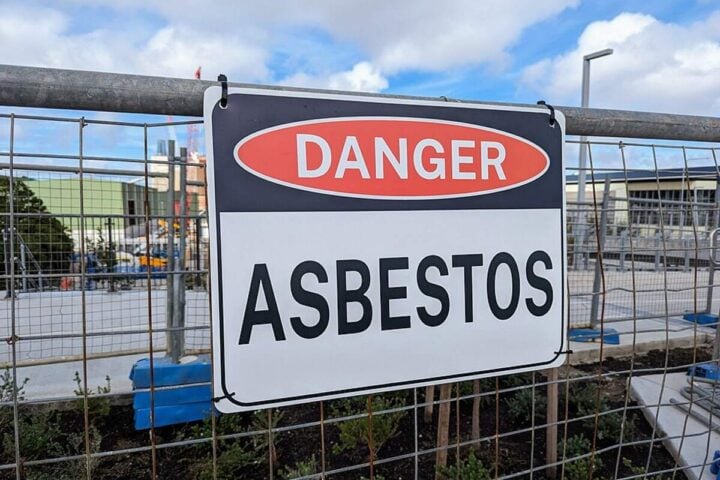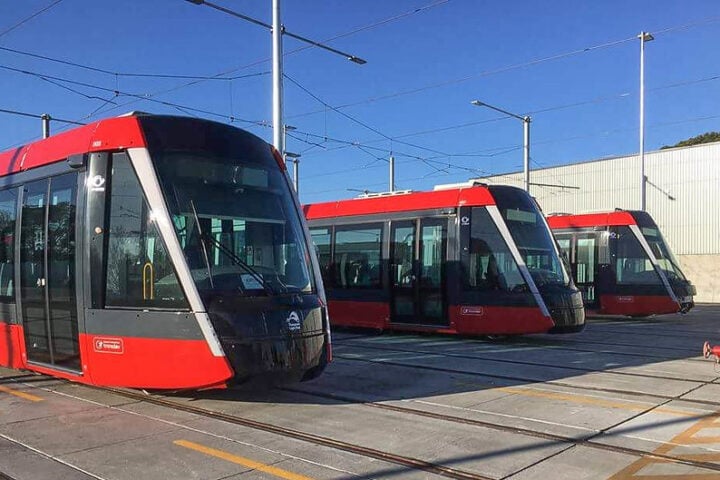Thousands of public hospital doctors across New South Wales have walked off the job in a three-day strike that began Tuesday, April 8, marking the first statewide action of its kind since 1998.
The strike centers on demands for better pay, safer working hours, and adequate staffing in NSW public hospitals. Doctors have set up picket lines outside major hospitals, including Westmead Hospital, where they gathered with signs calling for “safe conditions, safe care.”
“I think it’s a ridiculous joke they’re having to be here and strike. They don’t want to strike, they want to care for us,” said Orhan Karakaya, a patient who came out to support the doctors despite having a drip in his arm.
The Australian Salaried Medical Officers’ Federation (ASMOF), the doctors’ union, is seeking a 30% pay increase “over a reasonable period” to bring NSW doctors’ wages in line with other states, particularly Queensland. The NSW government has countered with an offer of 10.5% over three years, plus an immediate 3% increase that would be backdated if the strike is called off.
It's on.
Posted by ASMOF NSW – The Doctors Union on Monday, April 7, 2025
Dr. Robert Macleay, a registrar at Coffs Harbour Health Campus, highlighted the issue of doctors leaving for better-paid positions interstate. “I can’t be attending a farewell party every week or two for yet another person crossing the Queensland border,” he said. “Chris Minns is doing the best recruitment campaign for Queensland Health that they could possibly wish for.”
Beyond pay disparities, doctors are protesting unsafe working hours. Many report working 16-hour back-to-back shifts with minimal rest periods. A key demand is a guaranteed 10-hour break between shifts to prevent burnout and ensure patient safety.
Similar Posts:
“My children don’t get to see me,” said Dr. Lucy Bates, a uro-gynaecologist for Western Sydney local health district. “They can go days without seeing me because of the hours that we’re putting in. I’m also striking to try keep the good people in the health system – we are burned out, walking out because we’re not getting enough support.”
The impact of the strike is significant but measured. Hospitals are operating with staffing levels similar to public holidays. Emergency departments and intensive care units remain open with enough staff to ensure safety, but hundreds of elective surgeries have been canceled and specialist appointments postponed.
Health Minister Ryan Park expressed concern about the strike’s impact: “Tuesday is arguably the busiest and most significant day of the week in terms of our emergency department presentations. To say that we can do this without any impact on patient safety is not true.”
The Industrial Relations Commission (IRC) had ordered ASMOF to cancel the strike, but the union has defied this direction. According to ASMOF, negotiations with the government have been ongoing for over a year, not 18 months as previously stated.
The doctors’ union claims some members work up to 20 hours a week unpaid. They point to chronic staffing shortages that have worsened as doctors leave for better conditions elsewhere.
The strike is scheduled to continue through Thursday, with additional protests planned outside the NSW Health Ministry at St Leonards. ASMOF expects up to 5,000 doctors to participate across the state, not 9,000 as previously stated, though the government has indicated 32 hospitals could be affected.
Patients with non-urgent conditions are advised to expect longer wait times, while those with scheduled elective procedures should check with their healthcare providers about possible cancellations. Emergency cases will continue to be treated, though potentially with delays.




